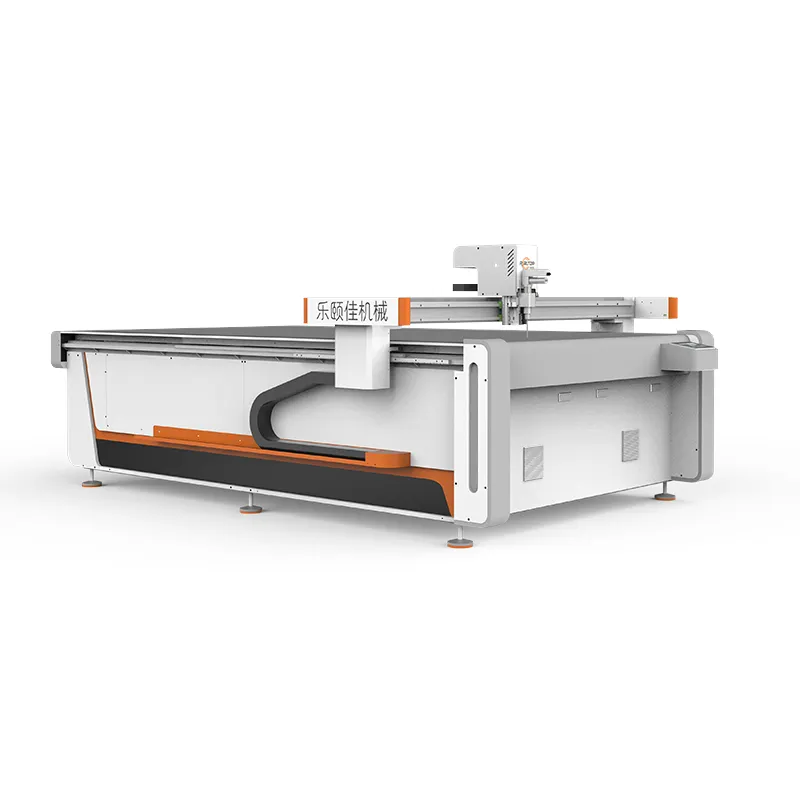Essential Guidelines for Operating Packaging Cutting Equipment
Operating packaging cutting machines requires a thorough understanding of safety protocols to protect both operators and maintain optimal production efficiency. These sophisticated pieces of equipment, while invaluable in modern packaging facilities, come with inherent risks that must be carefully managed through proper training, maintenance, and adherence to safety guidelines. Let's explore the comprehensive safety measures that every facility should implement to ensure secure and efficient operation of packaging cutting machinery.
Foundational Safety Protocols
Personal Protective Equipment Requirements
The first line of defense in packaging cutting machine safety begins with proper personal protective equipment (PPE). Operators must wear cut-resistant gloves designed specifically for machine operation, ensuring protection without compromising dexterity. Safety glasses or face shields are essential to protect against flying debris or material particles. Additionally, close-fitting clothing and steel-toed boots provide necessary protection from moving parts and potential falling objects.
Regular inspection and replacement of PPE is crucial. Even minor wear and tear can compromise the effectiveness of safety equipment. Facilities should maintain a robust PPE management system, including regular audits of equipment condition and immediate replacement of damaged items.
Machine Guarding Systems
Proper machine guarding is fundamental to packaging cutting machine safety. Physical barriers must be installed and maintained around all moving parts, cutting elements, and power transmission components. These guards should be securely fastened and require tools for removal, preventing unauthorized access or accidental contact with dangerous areas.
Modern packaging cutting machines often incorporate advanced guarding systems with interlocked barriers. These systems automatically stop machine operation when guards are removed or opened, providing an additional layer of protection. Regular testing of these safety mechanisms ensures their reliable operation when needed most.
Operational Safety Measures
Proper Training and Certification
Comprehensive operator training is non-negotiable for packaging cutting machine safety. This includes thorough instruction on machine operation, emergency procedures, and troubleshooting protocols. Operators should demonstrate proficiency in both routine operations and emergency responses before being certified to work independently.
Training programs should be regularly updated to reflect new safety guidelines, machine modifications, or identified risks. Maintaining detailed training records and conducting periodic refresher courses helps ensure ongoing operator competency and safety awareness.
Emergency Stop Procedures
Every operator must know the location and proper use of emergency stop devices. These mechanisms should be clearly marked, easily accessible, and regularly tested to ensure immediate response when activated. Establishing clear protocols for emergency situations, including communication procedures and evacuation routes, is essential.
Regular emergency response drills help reinforce these procedures and identify potential improvements. Documentation of these drills and any resulting updates to safety protocols should be maintained as part of the facility's safety management system.
Maintenance and Inspection Protocols
Regular Maintenance Schedules
Implementing and following a strict maintenance schedule is crucial for packaging cutting machine safety. This includes daily pre-operation checks, scheduled preventive maintenance, and immediate attention to any identified issues. Regular cleaning, lubrication, and adjustment of cutting components help prevent accidents caused by equipment malfunction.
Detailed maintenance logs should track all service activities, repairs, and replacements. This documentation helps identify patterns of wear or potential problems before they lead to safety incidents.
Safety System Verification
Regular testing of all safety systems, including emergency stops, light curtains, and interlocks, is essential. These verifications should be performed according to manufacturer specifications and documented thoroughly. Any compromised safety features must be addressed immediately, with machines taken out of service until repairs are completed.
Creating a comprehensive checklist for safety system verification ensures consistent and thorough inspection procedures. This should include both visual checks and functional testing of all safety components.
Workplace Organization and Safety Culture
Clean and Organized Work Environment
Maintaining a clean and organized workspace is fundamental to packaging cutting machine safety. Clear floor markings should designate operator zones, material storage areas, and emergency access routes. Regular housekeeping procedures help prevent slip and trip hazards while ensuring easy access to emergency equipment.
Implementing 5S principles (Sort, Set in order, Shine, Standardize, Sustain) can significantly improve workplace organization and safety. Regular audits help maintain these standards and identify areas for improvement.
Safety Communication Systems
Establishing effective safety communication channels ensures that all personnel are aware of potential hazards and safety requirements. This includes clear signage, regular safety meetings, and systems for reporting and addressing safety concerns. Creating an environment where workers feel comfortable reporting safety issues is essential for preventing accidents.
Regular safety reviews and updates should be communicated to all relevant personnel, with documentation of these communications maintained for reference and compliance purposes.
Frequently Asked Questions
What are the most critical daily safety checks for packaging cutting machines?
Daily safety checks should include inspection of cutting blades, guard mechanisms, emergency stops, and safety interlocks. Operators should verify proper machine function through a test run before beginning production, and ensure all safety equipment is in place and functioning correctly.
How often should operators receive safety training refresher courses?
Safety training refresher courses should be conducted at least annually, with additional training provided when new equipment is installed or significant procedural changes are implemented. Some facilities may require more frequent refresher training based on risk assessment or regulatory requirements.
What documentation should be maintained for packaging cutting machine safety?
Essential documentation includes operator training records, maintenance logs, safety inspection reports, incident reports, and equipment certifications. All safety-related procedures and protocols should be documented and readily accessible to relevant personnel, with regular reviews and updates as needed.
 EN
EN
 AR
AR
 FR
FR
 DE
DE
 IT
IT
 KO
KO
 PT
PT
 RU
RU
 ES
ES



